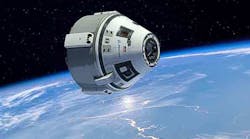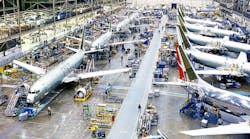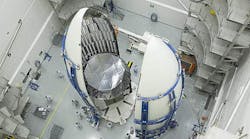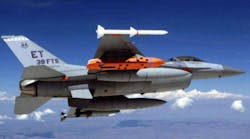Boeing Defense, Space, and Security has earned a $4.2-billion award from the National Aeronautics and Space Administration (NASA) to build and fly a new passenger spacecraft, as part of NASA’s Commercial Crew Program, whose goal is to resume U.S.-based flights to space by 2017. The proposed Crew Space Transportation (CST)-100 will transport up to seven passengers or a mix of crew and cargo to the International Space Station (ISS) and other low-Earth orbit destinations.
NASA also offered a $2.6-billion contract to Space Exploration Technologies Corp. (SpaceX) to develop a similar vehicle.
Both awards call for at least one test flight a NASA crewman aboard. Once the testing programs are completed, the contractors will conduct two to six crewed missions to the ISS.
Boeing developed the CST-100 as a weld-less structure that will be reusable up to 10 times, with wireless Internet capability and programmable by tablet technology.
The CST-100 was designed at Boeing’s Houston Product Support Center. It will be manufactured in Florida at the Commercial Crew Processing Facility (C3PF), at Kennedy Space Center.
Boeing announced it would begin manufacturing three CST-100 structural test articles immediately, for use in the “pad abort” test in 2016, the first unmanned flight early in 2017, and the first manned flight to the ISS in mid-2017.
“Boeing has been part of every American human space flight program, and we’re honored that NASA has chosen us to continue that legacy,” stated John Elbon, Boeing vice president and general manager, Space Exploration. “The CST-100 offers NASA the most cost-effective, safe and innovative solution to U.S.-based access to low-Earth orbit.”
Boeing noted it recently completed the Critical Design Review (CDR) and Phase Two Spacecraft Safety Review of its Crew Space Transportation (CST)-100 spacecraft. It claimed it is the only competitor for NASA’s Commercial Crew program to pass a CDR and complete all CCiCap milestones on time and on budget.
“The challenge of a CDR is to ensure all the pieces and sub-systems are working together,” stated John Mulholland, Boeing Commercial Crew program manager. “Integration of these systems is key. Now we look forward to bringing the CST-100 to life.”









